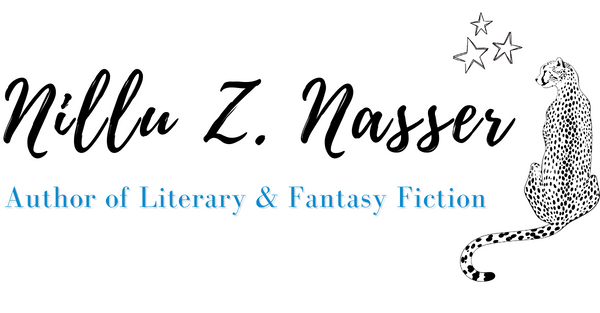Self-editing for First-timers: Polishing your Novel
Share

Photo by Hartwig HKD
The processes we use in our creativity are individual. None of us work the same way: creativity is intuitive, our thoughts and approached vary. That’s not to say a template isn’t useful to guide us. Besides, it’s tempting to look over the fence and see what the neighbour has done with her garden. To this end, I thought I’d share my editing plan with you.
If you intend to self-publish, hiring a professional editor can save you money if your editor charges per hour. If querying agents is your plan, you stand a better chance of success if your novel is as polished as possible beforehand. Here are my tips:
- Ideally you will already have left a month or three between finishing the manuscript and getting started. If not, go away and come back again. You need to be estranged enough from your art to be clear-headed rather emotional.
- Get yourself some coffee. That is, unless your dentist brother has arranged for you to bleach your teeth. Then avoid coffee, wine and curry at all costs. Bummer.
- Find a new way to view your manuscript. Printing it out is a good technique, allowing you to scribble reactions on hard copy, or changing the font style and size in your word processor. Whatever you choose, should allow you to read it with fresh eyes.
- Make notes on where you think the story may have holes. You’ll probably instinctively know where your story is flawed, elements you did not fix while you were in full flow during the first draft. Maybe your characters sound too similar or have inconsistencies. Perhaps you think your setting details need a bit more oomph or that a sub-plot is competing for the main attention and needs toning down. I log points for future action in Scrivener’s inspector. Now is the time to refresh your memory.
- Ensure your first paragraph pulls the reader in from the outset. Your goal is to make sure the reader is invested in the story as quickly as possible. In the age of distractions and fast food entertainment, if the reader is not drawn in immediately, s/he is likely to put the book down, and that makes for a sad author.
- Bring themes to the fore and map plot lines. Check for head hopping between characters and structural flaws. Do scene breaks happen at the right time? Is the story missing an essential part or has a character dropped out of view for too long? This is your chance to reweave the narrative in a way that fits better.

Photo by Jess Pac
- If a scene does not reveal character or further the plot in any way, take an axe to it, that is, do not be afraid to rewrite it or cut it entirely in the name of good storytelling and however much it hurts. You can always save choice phrases for another story. Try to end chapters leaving the reader wanting more.
- We write novels piecemeal, grafting on another sentence, paragraph, scene and chapter, until we reach the end. Reading the novel as a whole will reveal to you what may have passed you by before: where your writing style lacks consistency and your sentences require a varied rhythm. Maintain the mood of your novel. Fix the dull parts. Have you stayed in your tense and avoided passive voice as much as possible?
- Run a spelling and grammar check. It is useful here to keep a particular eye out for your weak spots the software might miss. If you are bad at apostrophes check you’re and your. Or their and there. Your critique group might also have wised you up to your habits. When I first joined my group, I realised I used state of being verbs with a vengeance. Add your foibles to a list as you learn of them, and use the find function to search, detect and destroy the offenders.
- Ask beta-readers for help, ideally at least four or five people, who understand your genre and will be honest with you. You can find more tips on using beta-readers here. If the same feedback points come up, you know your manuscripts needs tweaking. Even so, don’t be afraid to ignore comments you do not agree with. Your vision, your baby. Babies still have smelly nappies though.
- Once you’ve worked through your comments from beta-readers, it’s time for a final proof-read. By now, you’ll probably be so tired at looking at the damn thing you might want to lob it out of the window. Failing that, mix it up by reading your text aloud or using software to do it for you. Tired writers going cross-eyed over words they have repeatedly read, do not make for attentive readers. By accessing your manuscript in new ways you are more likely to catch errors still lurking.
- Ensure your manuscript is formatted to industry standards. Et voilà, a polished manuscript. For near perfect – a book is never finished, after all – a professional editor is your new best friend.
Happy editing. See you the other side!
